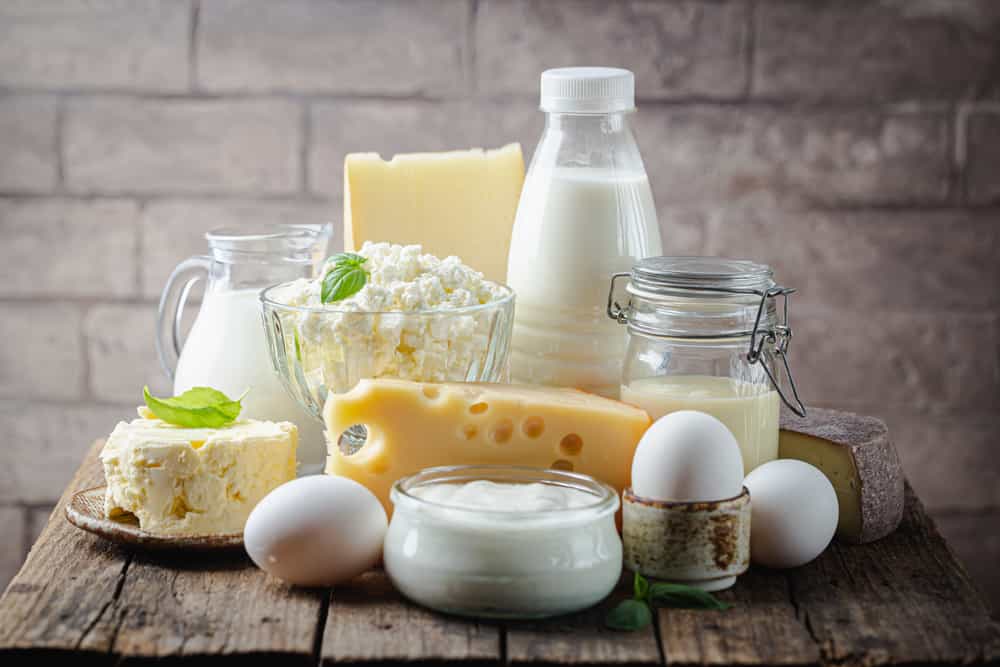6. Dairy Products

Dairy products, while a key source of calcium and protein, can sometimes trigger symptoms in individuals with diverticulitis, especially for those who are lactose intolerant or sensitive to dairy. The high fat content in certain dairy products can contribute to discomfort and inflammation, exacerbating the symptoms of diverticulitis. For some, the lactose found in dairy can also lead to bloating, gas, and diarrhea, further complicating the management of diverticulitis. As a result, it’s often recommended for individuals experiencing these symptoms to limit or avoid dairy consumption as part of their dietary management of the condition.
Exploring lactose-free dairy options or plant-based alternatives can be a valuable strategy for those looking to reduce their dairy intake without sacrificing essential nutrients like calcium and vitamin D. Almond milk, soy milk, and coconut yogurt are just a few examples of the wide range of non-dairy products available that can be easily incorporated into a diverticulitis-friendly diet. These alternatives not only minimize the risk of triggering symptoms but also provide variety and nutritional value to the diet.
Adjusting to a reduced dairy or dairy-free diet requires consideration and planning to ensure nutritional needs are met, especially for calcium and vitamin D. Fortified non-dairy alternatives and other calcium-rich foods, such as leafy greens, nuts, and seeds, can help maintain adequate nutrient intake. Consulting with a healthcare provider or dietitian can offer guidance and support in making these dietary changes, ensuring that individuals with diverticulitis can manage their condition effectively while maintaining a balanced and nutritious diet.
